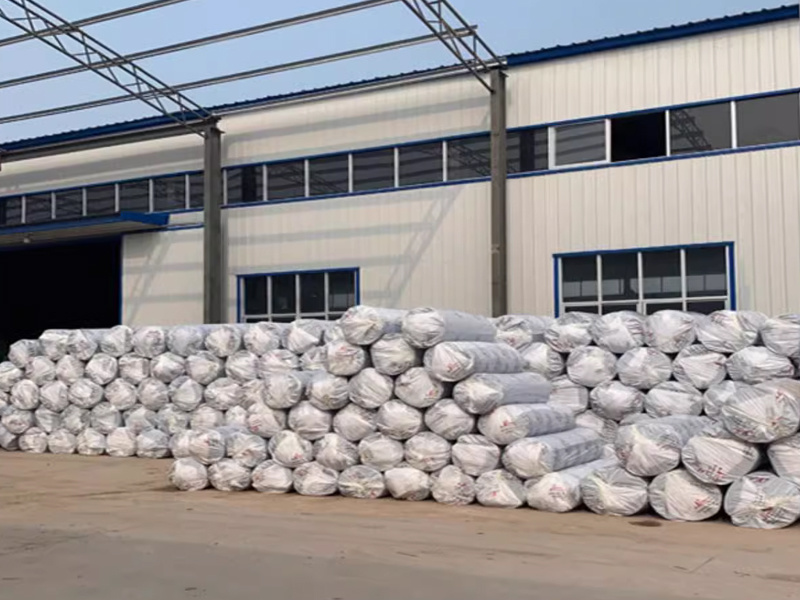Silencing the Chaos: An Insight into Indoor Sound Insulation Series
Apr 22,2025
Understanding Indoor Sound Insulation
Let’s face it, noise pollution is a real pain in the neck! Whether you live in a bustling city or a suburban neighborhood, unwanted sounds can seep into your sanctuary, disrupting your peace and quiet. This is where the Indoor sound insulation series comes into play. Designed to help you reclaim your space, this series offers a range of solutions to keep the racket at bay.
What is Indoor Sound Insulation?
Essentially, indoor sound insulation refers to the methods and materials used to reduce sound transmission between rooms or from outside sources. Think of it as a cozy blanket for your walls, floors, and ceilings, helping to muffle the sounds that can disrupt your daily life.
Why You Need It
Picture this: You're winding down after a long day, ready to binge-watch your favorite series, and then... BAM! Your neighbor decides it’s a great time for a karaoke session. Frustrating, right? Here’s where the Indoor sound insulation series shines. It can help you:
- Enhance Privacy: Keep your conversations under wraps and your personal space truly yours.
- Boost Comfort: Create a serene environment that fosters relaxation and productivity.
- Increase Property Value: Soundproofing can make your home more appealing to potential buyers.
Common Techniques in the Indoor Sound Insulation Series
Now that we’ve established why sound insulation is essential, let’s dive into some of the popular techniques you can explore:
1. Acoustic Panels
These soft, lightweight panels are a fantastic option for absorbing sound. They come in various designs and colors, so you can soundproof your space without sacrificing style.
2. Soundproof Drywall
Unlike regular drywall, soundproof drywall contains special materials that dampen sound waves. Installing it can be a game-changer, especially in shared walls.
3. Insulated Doors and Windows
Upgrade your doors and windows to insulated versions. They not only enhance energy efficiency but also act as barriers against external noise.
DIY vs. Professional Installation
You might be wondering, “Can I do this myself?” Well, that depends! Some aspects of the Indoor sound insulation series can be tackled as a DIY project, like installing acoustic panels or adding weather stripping to doors. However, for more complex tasks like replacing drywall or adding soundproof windows, it’s often best to call in the pros. After all, you don’t want to end up with a half-done project that sounds worse than before!
Cost Considerations
Let’s talk turkey—how much will this all cost? Prices can vary widely based on the materials and techniques you choose. A simple DIY job might set you back a few bucks, while professional installation can run into the thousands. But remember, investing in sound insulation is investing in your peace of mind.
The Bottom Line
At the end of the day, the Indoor sound insulation series offers multiple avenues to create a quieter, more inviting home. Whether you’re a city dweller looking to block out honking horns or a suburbanite tired of the sound of lawn mowers, there’s a solution out there for you. So don’t let noise dictate your quality of life—take control, soundproof your space, and enjoy the sweet sounds of silence!
Contact Us









